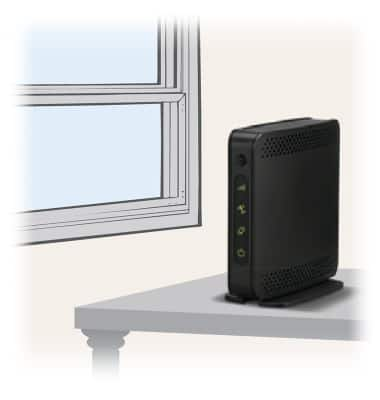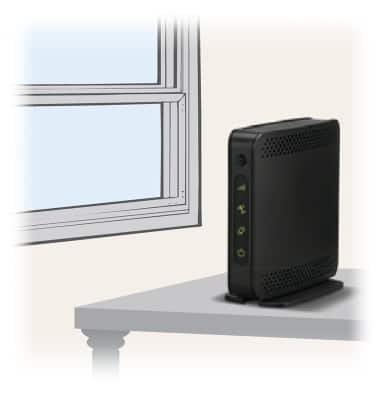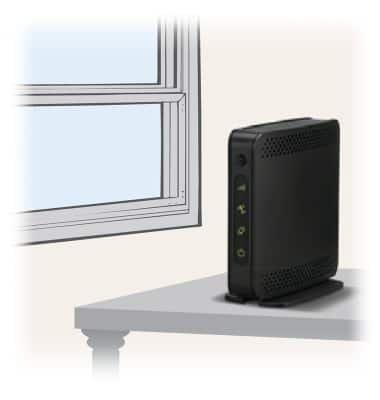- If the AT&T Microcell is not working after it's connecting to the router/gateway, first try the basic troubleshooting steps contained in the User Guide. If the MicroCell still will not connect to the AT&T network (as indicated by a continuous blinking network light), then use the following instructions to check the router settings and change them, as needed. Please contact the router manufacturer or the ISP provider to obtain assistance with configuring the router settings.

- Normally, just plugging the Microcell into the router/gateway is all that is required. However, sometimes router/gateway settings have been changed or the Microcell will not connect properly. This section will show how to change the settings for some popular modems/routers to enable the Microcell to connect successfully.

- Please be advised that the router manufacture or the ISP provider will not provide support for AT&T MicroCell, but they can assist with configuring the following router settings:
-DHCP is on
-Data is not restricted from passing through ports 4500 and 500 (AKA Port Blocking).
-MTU size is set to 1492
-MAC address filtering is either turned off or allowing the MAC address of the AT&T MicroCell IPSec Pass-Through is Enabled
-Block Fragmented Packets is Disabled
-If using multiple routers, the Microcell must be connected to the first router connected to the broadband modem
-If the MicroCell is connected to a router that is connected to a modem and both the router and the modem have NAT (Network Address Translation) enabled, disable NAT either in the router or the modem.
-Ensure the modem / router is using the latest software (firmware). Please see the manufacturer's documentation.
-TCP/UDP Ports
Note: All ports listed need to be configured for inbound and outbound connections.
-123/UDP: NTP timing (NTP traffic).
-443/TCP: Https over TLS/SSL for provisioning and management traffic.
-4500/UDP: IPSec NAT Traversal (for all signaling, data, voice traffic).
-500/UDP: IPSec Phase 1 prior to NAT detection (after NAT detection, 4500/UDP is used).
-4500/UDP: After NAT detection, 4500/UDP is used